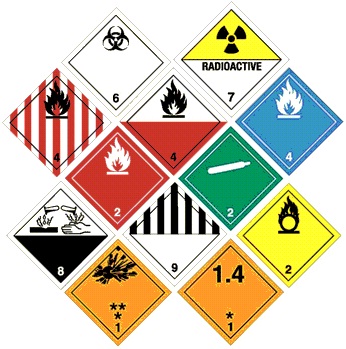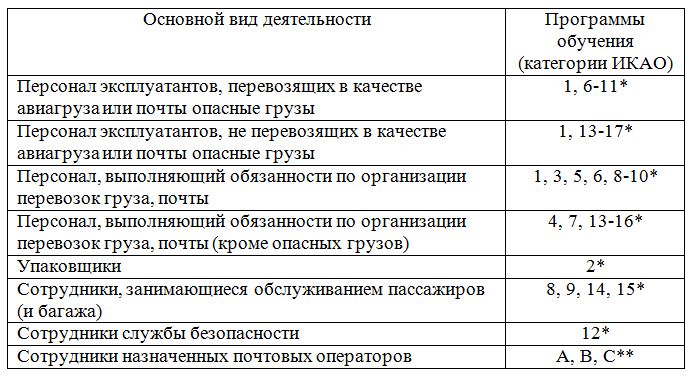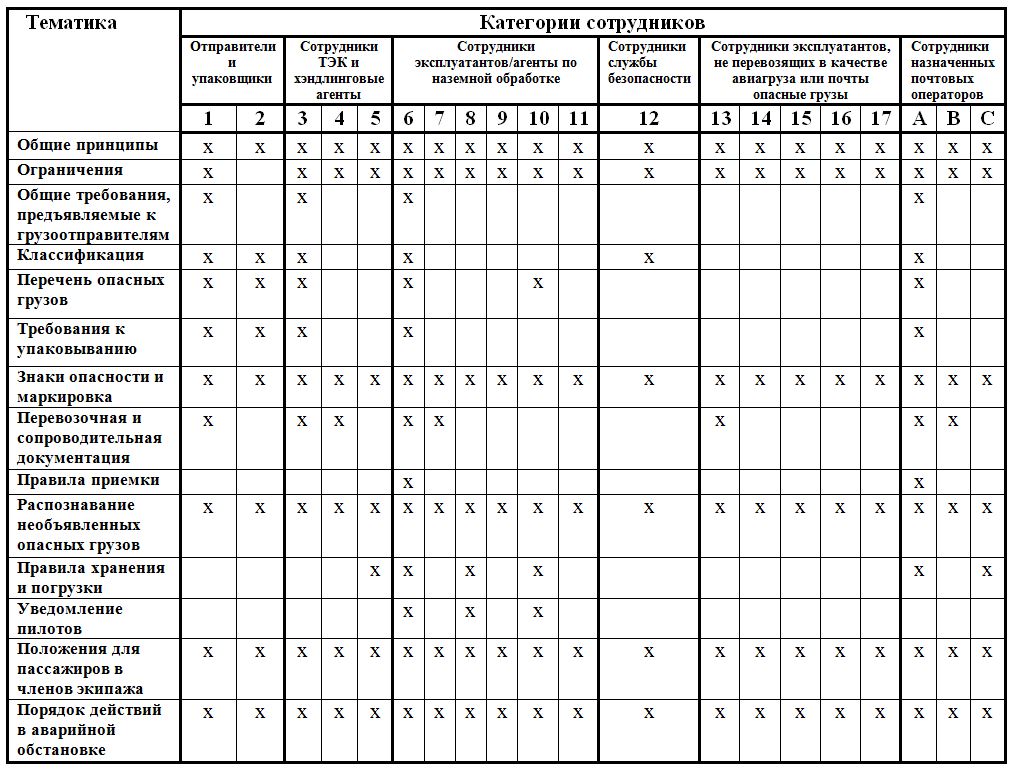DANGEROUS GOODS TRAINING How to choose a program?

Customers often find it difficult to choose a Dangerous Goods training program. In Volga-Dnepr Aviation Training Center training on this discipline is conducted on 12 ICAO categories. Which one responds to your needs? Let’s make it clear.
According to the ICAO and IATA recommendations:
“Employees should be trained to the extent appropriate to their job duties:
(a) General introductory training to get familiar with the General Provisions;
(b) Specialized training to study functional requirements assigned to a particular specialist, and
c) Safety training to study the types of hazards posed by dangerous goods, safe handling methods and emergency procedures” (paragraph 4.2 of the ICAO Technical Instructions).
First, you need to consider the type of activity your employees are occupied with:
*ICAO Categories:
1- consignors and persons acting as consignors, including operators’ personnel specialized in handling spare parts, technical equipment, and company materials for transportation (Company materials — COMAT);
2 – Packers;
3 – Employees of freight forwarding and handling companies specialized in handling dangerous goods;
4 – Employees of freight forwarding and handling companies specialized in handling cargo, mail, or catering (other than dangerous goods);
5 – Employees of freight forwarding and handling companies specialized in handling, storing and loading cargo and mail;
6 – Employees of operators, freight forwarding and handling companies specialized in accepting dangerous goods;
7 – Employees of operators, freight forwarding and handling companies specialized in accepting cargo and mail (other than dangerous goods);
8 – Employees of operators, freight forwarding and handling companies specialized in handling, storing, and loading cargo or mail and baggage;
9 – Employees engaged in passenger service;
10 – Flight crew members, loading supervisors, load planners, and flight support personnel/flight dispatchers;
11 – Crew members (other than flight crew members);
12 – Security personnel involved in inspection of cargo, passengers and crew members and their baggage or mail, such as security operators, their supervisors, and any employees involved in security procedures;
13 – Employees of operators, freight forwarding and handling companies specialized in accepting cargo or mail (other than dangerous goods);
14 – Employees of operators, freight forwarding and handling companies responsible for handling, storing, loading cargo (other than dangerous goods), or mail and baggage;
15 – Employees engaged in passenger service;
16 – Flight crew members and loading planners;
17 – Crew members (other than flight crew members).
**
A – Employees of assigned postal operators involved in the acceptance of postal items containing dangerous goods;
B – Employees of assigned postal operators specialized in handling postal items which do not contain dangerous goods;
С – Employees of assigned postal operators specialized in handling, storing and loading postal items.
Security personnel must be trained regardless of whether the operator who is supposed to be transporting passengers or cargo is carrying dangerous goods as air cargo.
Employees involved in security procedures (such as inspection operators and their supervisors) must be trained on the basic properties of dangerous goods.
Aviation industry personnel involved passenger and cargo booking, engineering and maintenance, except when they are acting as the persons specified above, must be trained on the rules for dangerous goods transportation in accordance with paragraph 4.2 of the ICAO Technical Instructions.
Instructors involved in dangerous goods training must successfully complete the training course on dangerous goods transportation for certain classes/categories or class 6.






